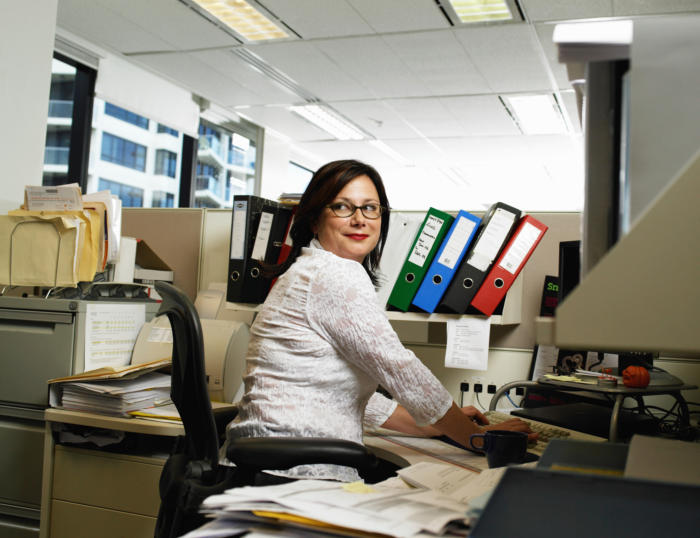Chat apps. Hotdesks. Smart machines. In most offices, it’s easy to see how technology is redefining and transforming the modern workplace.
But technology isn’t the only force driving changes. Culture plays a significant role, too. For example, today’s employees are less and less inclined to disassociate their work lives from their personal lives. Remember when the stereotype for going to work was “punching in” a timecard and adopting some kind of 9-to-5 work persona (h/t Dolly Parton)? Employees no longer want to be typecast like that; they don’t necessarily want to surrender their identities at the office door.

Pulling all of that together, I can see that employees want their workspaces to be:
Customizable. No, I’m not talking about decorated cubicles. I’m talking about giving workers greater autonomy when it comes to choosing the technology that works best for them. Employees want options so they can work and access information on whichever device and platform they choose—anywhere, at any time. They also want to be able to personalize their work tools, whether they’re working in the office or remotely.
Collaborative. Today’s basic business unit is the team. But it’s now increasingly likely that team members are going to be geographically separated and/or in flux, shifting among groups as business priorities and tasks require. That means employees don’t just want to collaborate; they need to collaborate—and they’d like workplace technology that’s as easy-to-use and effective as the technology they use in their personal lives. A modern workplace that includes a visual collaboration platform allows for the blending of remote and office workspaces, nurtures a culture of teamwork, and accelerates the pace of innovation.
Compelling. People want to work in a space that is interesting and inspiring. Again, as the distinction between work and home life blur, employees are looking for more than just a place where they can “punch in.” Aaron Hurst, author of “The Purpose Economy,” explains it this way: “As you look at the workplace, all the changes we’re trying to make in the workplace, the things Google’s doing, the things top companies are doing, they’re all because especially the millennial generation is demanding purpose in their work at a level never seen before.”
Employers are beginning to recognize that the word “work” is taking on new and different meanings. In the World Economic Forum’s 2016 report “The Future of Jobs,” 44 percent of global business and HR executives identified changing work environments and flexible working arrangements as the top demographic and socio-economic driver of change across industries. They also say the impact is being felt already. Businesses that want to maintain their competitive edge have no choice but to evolve, creating workplaces that improve business performance by promoting flexibility and effective team collaboration.
